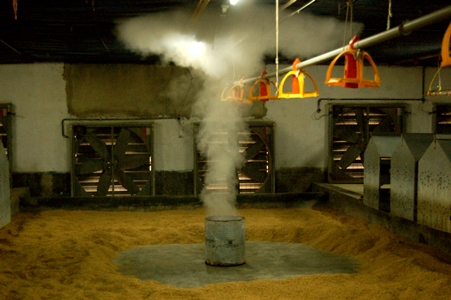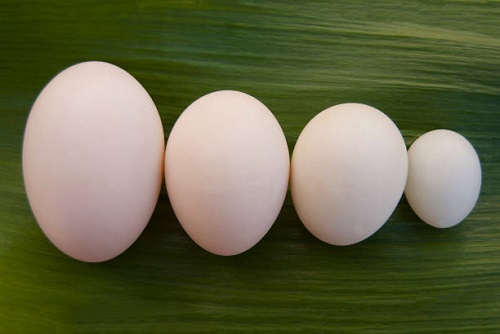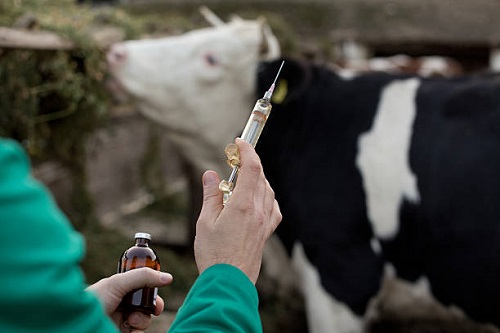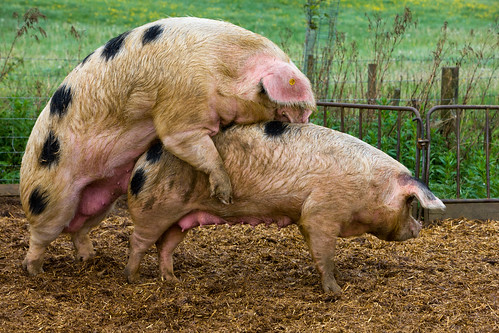Fumigation is a method of disinfection or destruction of harmful disease organisms in an environment by using fumigants. Fumigants are chemicals that are released into the atmosphere in the form of gas or fume. The purpose of fumigation is to destroy disease organisms that could infect chicks, poults, or ducklings, especially transmissible diseases such as fowl typhoid, pullorum, epidemic tremor, infectious bronchitis, and chronic respiratory disease (CRD).
It is also important to fumigate brooding houses or pens—especially previously used houses—before they are stocked with new day-old chicks or poults. Fumigating your brooding house or pen prior to brooding or stocking is beneficial and does a lot of good for the coming chicks or animals.
This article will teach how to fumigate a brooding house effectively. The major things you need are Formalin (aqueous or liquid solution of formaldehyde) and Potassium permanganate (KMnO4).
The steps involved are as follows:
- Take the internal dimension of the brooding house; i.e. the length, breadth, and height of the house.
- Close up every opening such as windows and vents with polyethylene material to prevent further air from coming in.
- Provide an unbreakable wide-mouth container such as enamel or ceramic dish of fairly large size, able to accommodate the volume of formalin and more.
- Ensure the ambient temperature is about 240C and 75% relative humidity. Formaldehyde gas works best in a warm and humid environment.
- Weigh out the quantity of potassium permanganate (KMnO4) needed into the container. For single strength fumigation, the quantity needed is 20 g per 2.83 m3 space.
- Measure the corresponding volume of formalin needed. The volume is usually double the weight of the potassium permanganate numerically. For example, for single strength fumigation, the volume of formalin needed is 4 cl.
- Gently add the formalin to the KMnO4 (and not vice versa). Thereafter, lock up the brooding house.
- Leave the house locked for 1 week. After a week of locking up the house, open it and the windows and allow the residual gas to escape. Then reclose it up for the arrival of your chicks.
Fumigation involves the use of toxic chemicals that are harmful to their handler. Hence, there are precautions to take. They include:
- The gas is toxic; hence, you should avoid inhaling it or use a respirator.
- You should not allow the formalin to touch your skin or hand to avoid irritation. So ensure that you wear a pair of runner gloves before handling formalin.
- Don’t fumigate your live chicks except there is an outbreak of omphalitis (inflammation of the navel) in your flock.
- Don’t add KMnO4 to formalin but add formalin to KMnO4 to prevent an explosion.
What are Disinfectants?
Disinfectants are the chemical compounds that are commercially sold and each has its own properties for specific applications. The various disinfectants are as follows:
- Cresols: They are derived from the distillation of petroleum. They are cheap and effective biocides when applied to soil or buildings. They cannot be used where there are live chickens, processed meat or eggs as they are going to be tainted by the chemical’s odour.
- Organic phenols which recommended for use in hatcheries for equipment decontamination.
- Quaternary ammonium compounds also known as “QAT”: They are highly suitable to decontaminate equipment, housing, and hatcheries on the condition that an anionic detergent is used before applying QAT.
- Chlorine compounds: They are mostly used in processing plants and to purify water on livestock farms. Hypochlorite is effective only when the pH value ranges between 6.5 and 7.5in organic matter-free water and you need to expose it to inactive bacteria for 10-20 minutes.
- Formalin: It is a corrosive and carcinogenic compound that is recommended for fumigating eggs in cabinets designed for this purpose. However, there are special precautions to be followed by the applicator to avoid being exposed and injured. He or she must use functional equipment, protective clothing, and chemical monitors.
When selecting a disinfectant, consider the following:
- Chemical properties of the disinfectant
- Toxicity
- Cost of application




I’m glad I I’ll be asking for any assistance cause soon I’m starting a poultry project specifically on layers thanks so much giving me a chance of joining you.
thanks very much
Very useful.
For example, for single strength fumigation, the volume of formalin needed is 4 cl. I cannot get this. Do you mean 4ml
It’s very clear. It means you should use 4 centiliters (cl) of formalin solution with every 20 grams of potassium permanganate.